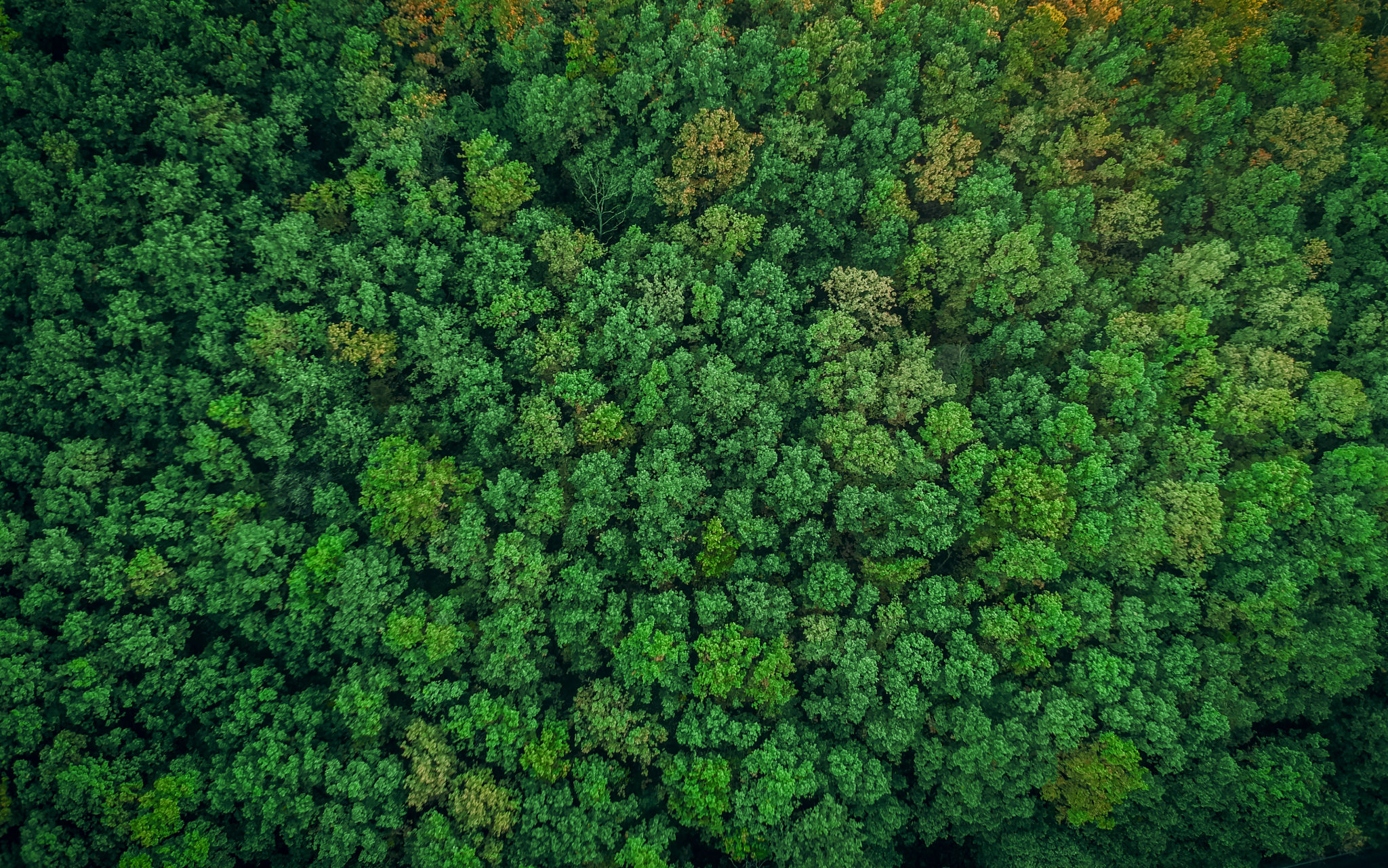Case Study: Transforming a Roseville Backyard into a Sustainable Oasis
Introduction
In recent years, the trend towards sustainable living has gained significant momentum, with homeowners increasingly seeking eco-friendly solutions for their homes and gardens. This case study explores the transformation of a typical Roseville backyard into a thriving sustainable oasis, showcasing practical steps and creative ideas that can inspire others to embark on their own green journey.
Initial Assessment and Planning
The first step in transforming the backyard was conducting a thorough assessment of the existing landscape. The homeowners, keen on adopting sustainable practices, wanted to reduce water usage, enhance biodiversity, and create a space that supports local wildlife. With these goals in mind, a comprehensive plan was developed that incorporated native plants, efficient irrigation systems, and renewable materials.

Incorporating Native Plants
A critical component of this transformation was the selection of native plants that require minimal water and maintenance. By choosing flora that naturally thrives in the Roseville climate, the need for supplemental watering was significantly reduced. Additionally, native plants provide natural habitats and food sources for local wildlife, thus enhancing biodiversity.
Some of the plants chosen included California poppies, lavender, and sage. These plants not only thrive with limited water but also offer vibrant colors and pleasant aromas, adding to the aesthetic appeal of the backyard.

Water Conservation Techniques
Water conservation was another key focus of the transformation. A drip irrigation system was installed to deliver water directly to the plant roots, reducing evaporation and ensuring efficient usage. Moreover, rain barrels were placed strategically around the property to collect rainwater for irrigation purposes.
The installation of permeable paving stones further contributed to water conservation by allowing rainwater to seep into the ground rather than running off into storm drains. This not only reduces water waste but also helps replenish local groundwater supplies.

Sustainable Materials and Features
In line with their commitment to sustainability, the homeowners opted for materials that are both environmentally friendly and durable. Recycled wood and composite materials were used for decking and fencing, minimizing the environmental impact while ensuring longevity.
The backyard also features a composting area where organic waste is turned into nutrient-rich soil, further supporting plant growth. This closed-loop system exemplifies how waste can be repurposed to benefit the garden ecosystem.

Creating a Wildlife-Friendly Habitat
To attract and support local wildlife, features such as birdhouses, bee hotels, and a small pond were integrated into the backyard design. These additions provide essential resources for birds, bees, and other beneficial insects, promoting a balanced ecosystem.
The pond serves as a focal point and is designed to be self-sustaining with aquatic plants that help maintain water quality. It also provides a habitat for frogs and other amphibians, adding to the diversity of wildlife in the garden.

Conclusion
The transformation of this Roseville backyard into a sustainable oasis demonstrates that environmentally conscious choices can lead to beautiful and functional outdoor spaces. By combining native plants, water conservation techniques, and eco-friendly materials, homeowners can create gardens that support local ecosystems while reducing their environmental footprint.
This case study serves as both an inspiration and a practical guide for those looking to embrace sustainability in their own backyards. With thoughtful planning and execution, anyone can turn their outdoor space into a haven for both people and wildlife alike.